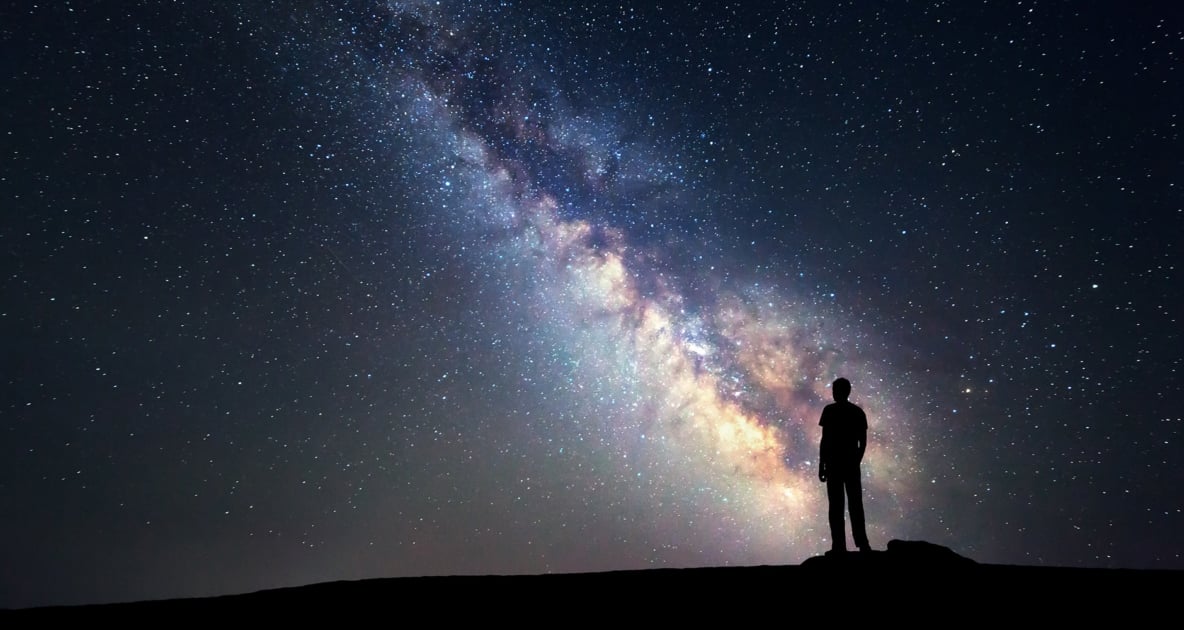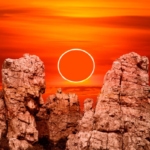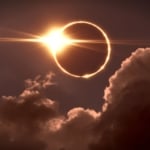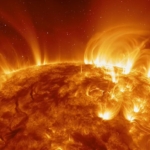The Legends and Lore of the Milky Way
Did you ever wonder why it's called "Milky Way?" Read on for some fascinating facts and lore.

The term “Milky Way” is truly ancient. On old star charts this ghostly band was often labeled by its Latin equivalent, Via Lactea.
Today, the Milky Way’s brightest section, just above the “Teapot” of Sagittarius, suggests a puff of vapor emerging from that more modern contrivance.
What is the Milky Way? Find out here.
Milky Way Folklore
To certain Native Americans the Milky Way was the path of their braves marching into heaven, and with the bright stars like Vega and Altair along its course representing campfires along the way. They took notice of the phenomenon called Gould’s Belt, a string of stars that trace the path of the Milky Way. It is named after the 19th-century astronomer Benjamin Apthorp Gould, who first studied it in detail from the Southern Hemisphere, where it is far more pronounced.

Japanese Legend
The Milky Way also involves a poignant Japanese legend. Halfway up in the eastern heavens around 11 p.m. local daylight time is the familiar Summer Triangle, marked by Deneb, Altair and Vega. Vega represented Orihime, who produced brilliantly colored fabrics. Across the “Heavenly River” (the Milky Way), Altair represented the cowherd Kengyu. After meeting each other they received divine permission to marry, whereupon both abandoned their occupations. This angered the gods who separated them and sent them back to their original jobs on opposite sides of the Heavenly River.
The couple however, received permission from the gods to get together for one night each year, July 7, but only if the sky is clear. As a result, the evening of July 7th has become a young-people’s holiday in Japan called Tanabata. Prayers are then offered for clear skies so that Orihime and Kengyu, the star-crossed lovers can be reunited.

Joe Rao
Joe Rao is an esteemed astronomer who writes for Space.com, Sky & Telescope, and Natural History Magazine. Mr. Rao is a regular contributor to the Farmers' Almanacand serves as an associate lecturer for the Hayden Planetarium in New York City.





